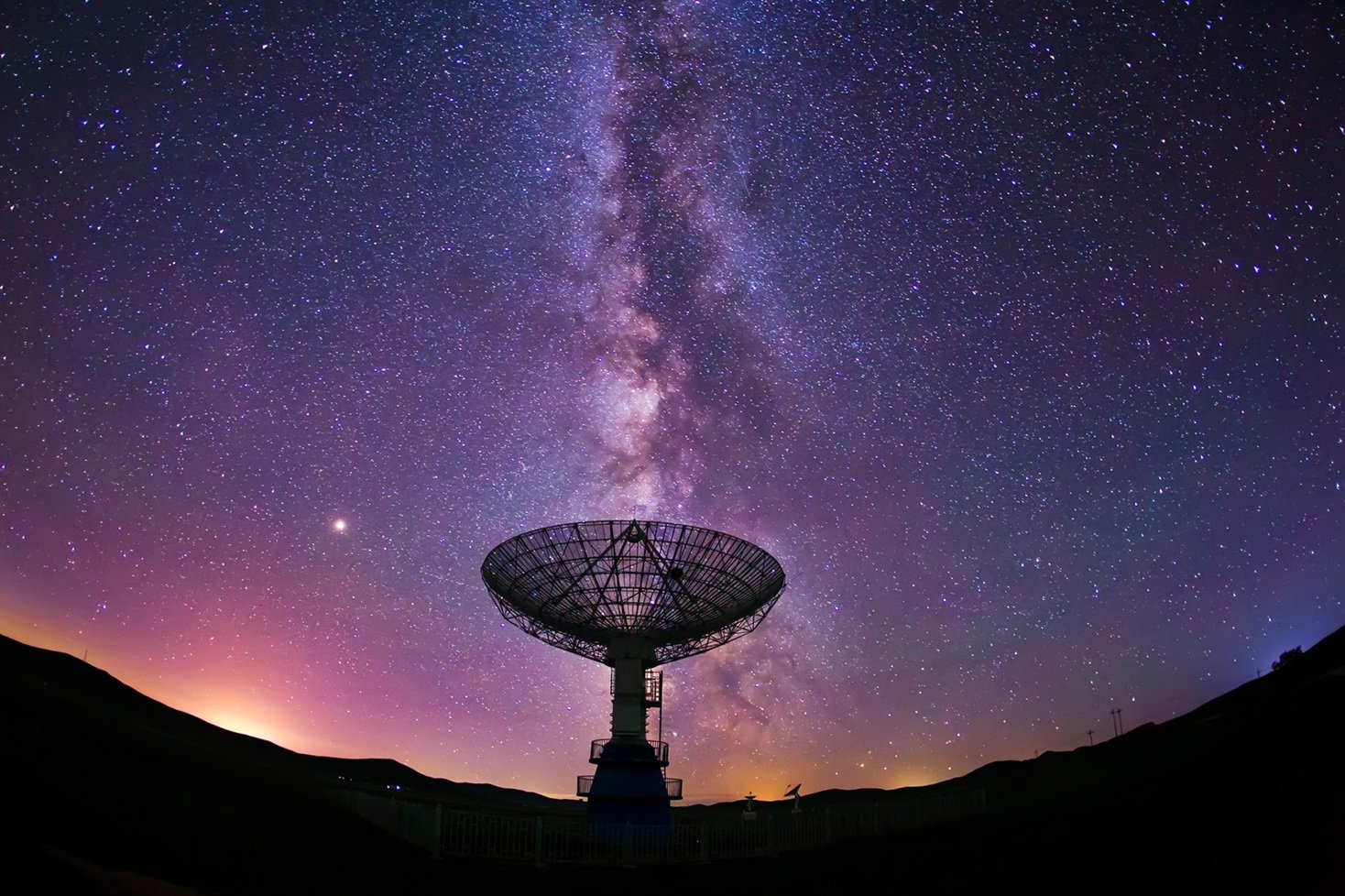New research from Penn State questions whether humanity’s path to intelligence was just a rare stroke of luck. The study suggests that Earth’s changing environment may have naturally paved the way for more complex life—potentially repeating the same process on countless other planets.
This article looks at what the researchers found and why it might matter.
New: follow us on Bluesky
Image Credit: zhengzaishuru via Shutterstock / HDR tune by Universal-Sci
Shifting from the “Hard Steps” to a More Natural Evolution
For decades, many scientists have followed the “hard steps” theory, which argued that the emergence of human-level intelligence was an incredibly unlikely event. This view was based on the idea that several difficult leaps in evolution—like the jump to complex cells—needed to happen in a relatively short span of Earth’s total lifetime. However, a new model developed by a team of astrophysicists and geobiologists at Penn State offers a different perspective. Instead of portraying human evolution as a rare cosmic accident, they suggest it may have been a rather natural process once Earth’s environment became suitable.
The researchers argue that these “hard steps” might not have been as improbable as once assumed. Instead, the evolution of complex life could be driven by sequential changes in the planet’s atmosphere, temperature, and nutrient availability. Once conditions such as sufficient oxygen levels were met, the path toward more complex beings—including animals and, ultimately, humans—opened up.
How Earth’s Changing Environment Set the Stage for Intelligence
Key periods in Earth’s history played a major role in shaping the path of life. For example, oxygen levels slowly rose over billions of years, thanks to photosynthesizing microbes and bacteria. That buildup of oxygen eventually allowed multicellular organisms to thrive. Additional factors like nutrient cycles, ocean chemistry, and temperature shifts also influenced which life forms could survive and diversify.
Interesting article: How AI can help us in the search for extraterrestrial life (Universal-Sci)
Under this new interpretation, humans did not appear too soon or too late; we showed up when Earth’s environment finally reached a “permissive” state. This suggests an interplay between life and planet: as life changed the atmosphere, the atmosphere in turn opened new possibilities for life. According to the study’s authors, this co-evolution of Earth and its organisms might be a universal process, increasing the chances that Earth-like life—and even intelligent life—could arise on other planets with similar conditions.
What This Means for Life Beyond Our Planet
This revised viewpoint increases the probability that elsewhere in the universe, planets could follow a similar path of environmental transformations, making intelligent life less of a lottery ticket and more of a natural outcome. The authors propose testing their model by searching for “biosignatures” in the atmospheres of exoplanets—signs of oxygen and other elements that may hint at life’s presence and progression. They also suggest investigating whether key evolutionary steps on Earth might have occurred more than once, only to be erased by extinction or other processes.
Ultimately, this research bridges astrophysics and geobiology, showing how life doesn’t just adapt to a static planet, but rather evolves alongside it. The team’s ongoing projects aim to clarify exactly how likely it is for life to appear and take hold in a changing world. If these ideas are correct, our planet’s story may resemble countless others in the universe, hinting that we are not alone—just one example of life taking root when conditions allow.
Sources and related articles:
A reassessment of the “hard-steps” model for the evolution of intelligent life (Science Advances)
How AI can help us in the search for extraterrestrial life (Universal-Sci)
Why extraterrestrial intelligence is more likely to be artificial than biological (Universal-Sci)
Alien life is out there, but our theories are probably steering us away from it (Universal-Sci)
Too busy to follow science news during the week? - Consider subscribing to our (free) newsletter - (Universal-Sci Weekly) - and get the 5 most interesting science articles of the week in your inbox
FEATURED ARTICLES:







